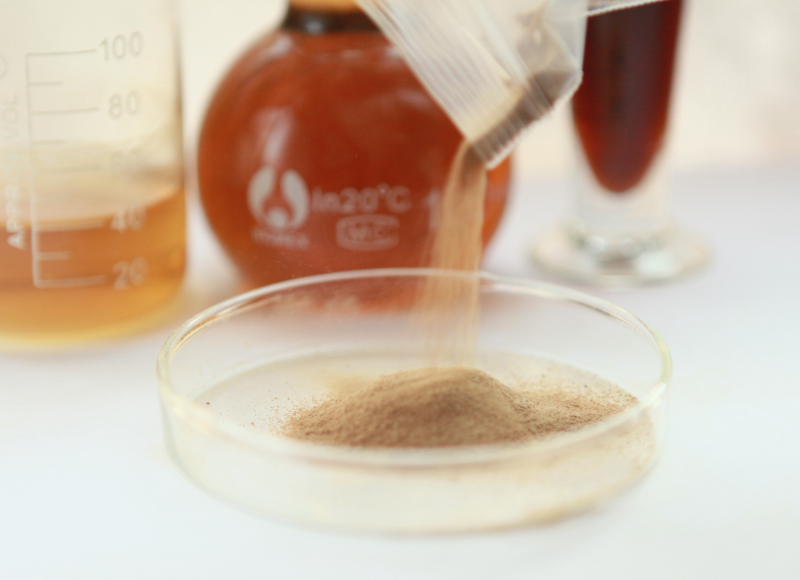Post Date:28,Apr,2025
Operation method of determining the optimal dosage of water reducer by cement paste fluidity The compatibility of cement and water reducer is bidirectional. In terms of the compatibility of cement and water reducer, the type and quality of water reducer also play a decisive role. Therefore, water reducer should be selected according to the adaptability to cement and construction requirements. When high-efficiency water reducer is incompatible with a certain cement, the following situations will occur:
1. Concrete will coagulate abnormally during mixing.
2. The slump loss of mixed concrete is large.
3. Concrete bleeding and stratification segregation are serious.
4. High-efficiency water reducer does not reduce water enough or has no water reduction effect at all.
5. The strength of concrete at each age has no obvious increase, or even decreases.
6. The shrinkage rate of concrete increases a lot, resulting in cracking.

These incompatibility phenomena mentioned above should be avoided as much as possible when selecting water reducer. The dosage of concrete water reducer is not only related to the amount of cement, but also has a lot to do with the physical properties and chemical composition of cement. The traditional method for determining the dosage of concrete water reducer is mainly based on the water reducer product manual and the percentage of cement dosage. Due to the different chemical composition and content of cement of different varieties or batches, the compatibility and adaptability of water reducer and cement and the optimal dosage will also be quite different. It is difficult to ensure the best water reduction effect of the mixture by only determining the dosage of water reducer according to the percentage of cement dosage, which is easy to cause waste of water reducer. After many experiments, the author adopted the method of cement paste fluidity to determine the optimal dosage of concrete water reducer and achieved good results. The specific method is to accurately weigh the water reducer, water and 300g cement according to the dosage recommended in the manual of the water reducer manufacturer, and mix the water reducer, water and cement paste according to the standard method. On a clean glass, put the mixed cement paste into the test mold, lift the test mold one by one, observe the flow of cement paste, and test whether the fluidity of cement paste can meet the performance requirements of concrete pumping. At the same time, record the water reduction rate and dosage of different cements and different concrete water reducers for optimization.
The order of adding water reducers. Through multiple comparative tests on different water reducers, it is shown that the order of adding water reducers has a certain influence on the water reducing effect of water reducers. Take Longda's high-efficiency water reducer as an example: after weighing a certain amount of cement, water reducer and water, they are poured into the mixing pot in the order of cement → water reducer → water. The measured expansion of cement paste is 22cm~23cm. However, according to the order of adding cement first → water, the water reducer is added after stirring for a certain period of time, and the measured expansion of cement paste is 25cm~27cm. It can be seen that when using the same cement and the same water reducer, the post-addition method is better than the pre-addition method, which is conducive to improving the compatibility of water reducer and cement and giving full play to the effectiveness of water reducer. Similarly, in the actual construction of concrete, the water reducer should be added after the concrete mixture has been stirred for a certain period of time, so as to achieve the best water reduction effect.
Post time: Apr-28-2025






